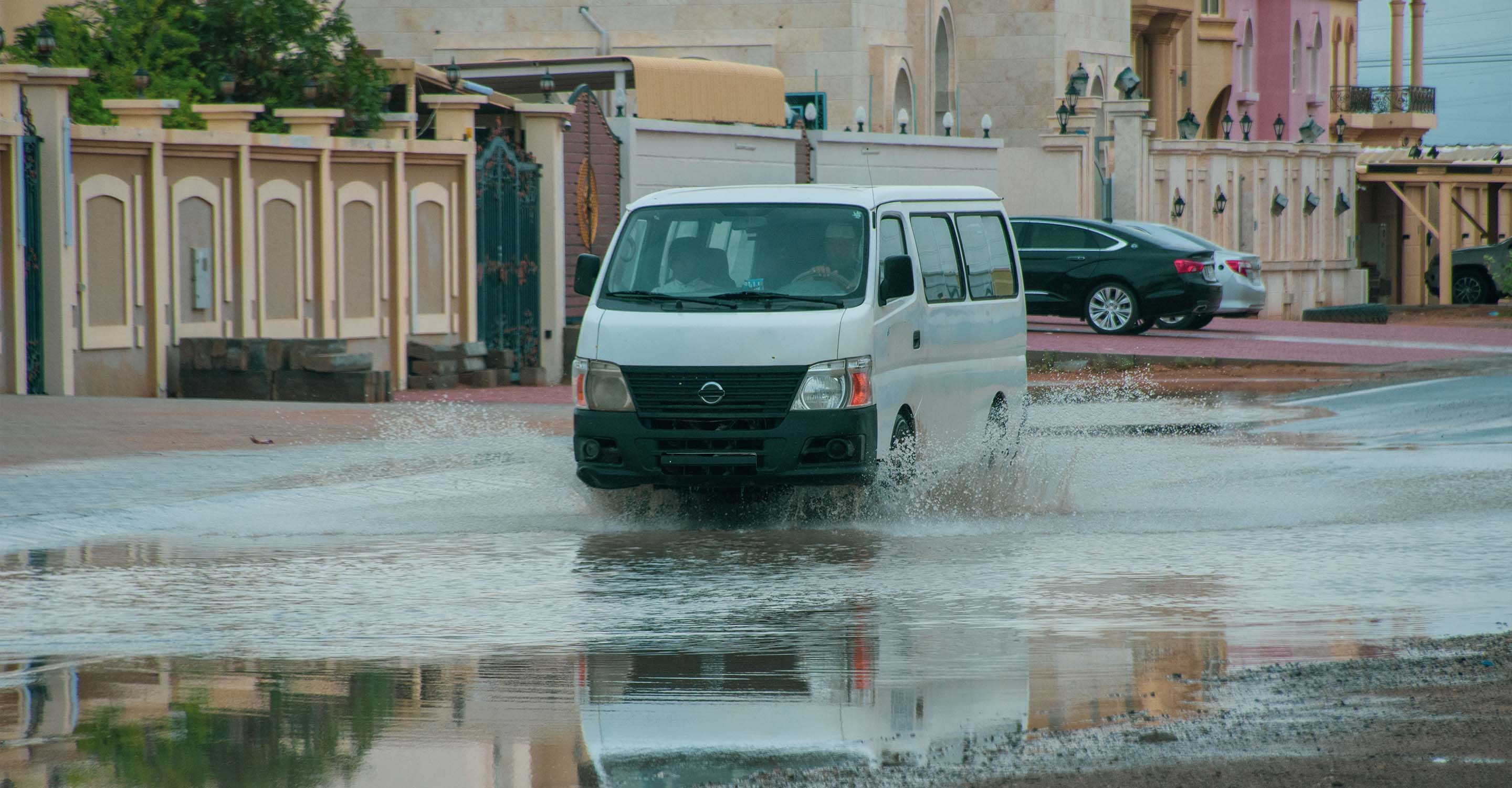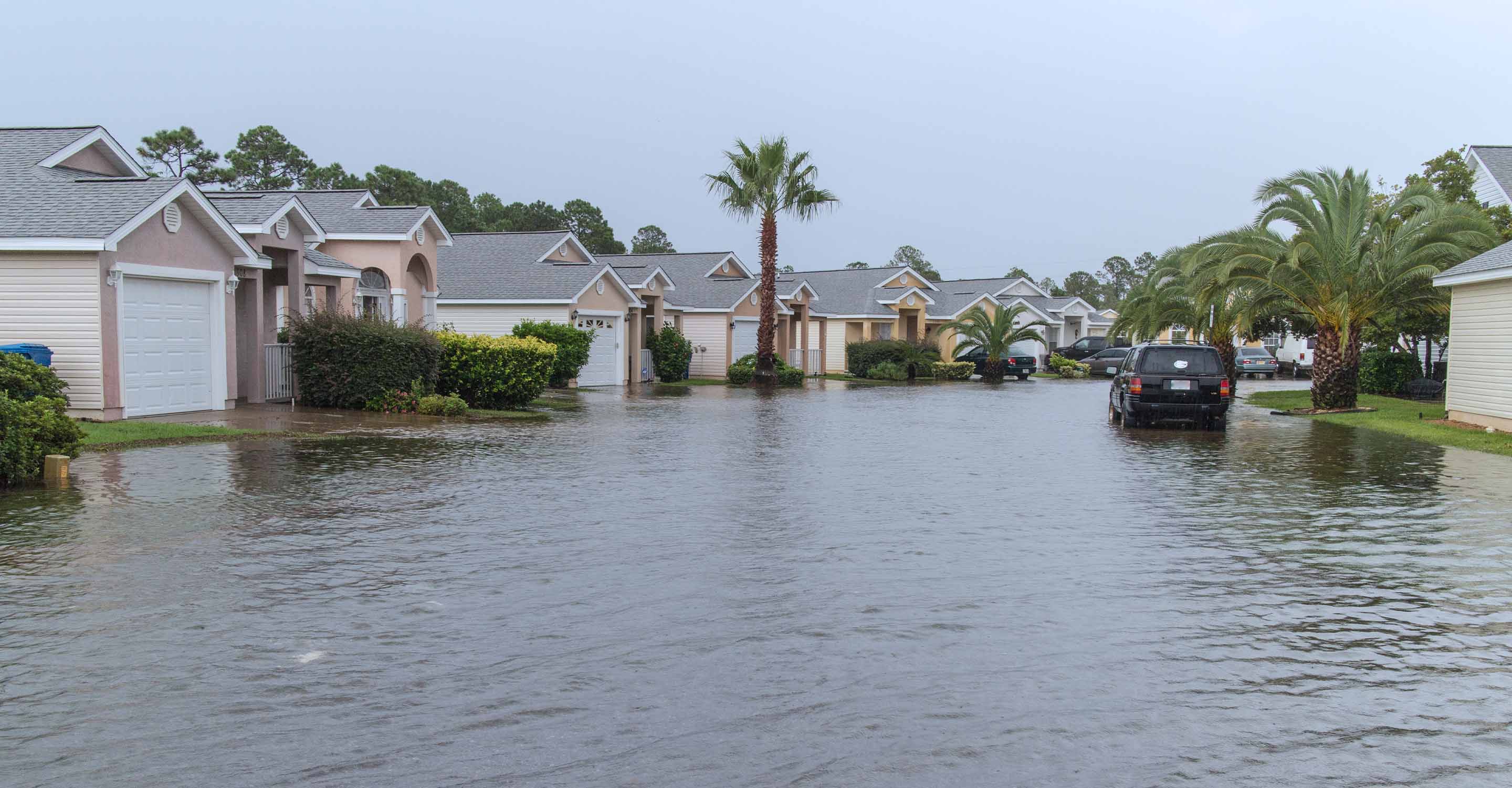Copenhagen air quality map
Live air pollution map of Copenhagen
28.1K people follow this city
Full screen
Contributors
1
Stations
1
Contributors category
0
Government
0
Non-profit organization
0
Educational
0
Corporate
0
Individual
1
Anonymous
Most polluted air quality stations
| # | station | US AQI |
|---|---|---|
| 1 | Emiliekildevej | 7 |
community highlight
Copenhagen most followed contributors
Health Recommendations
| Enjoy outdoor activities | |
| Open your windows to bring clean, fresh air indoors GET A MONITOR |
Become a contributor
Get an AirVisual Outdoor and contribute to collecting millions of data points for the Copenhagen map to track local air pollution
Understand air pollution and protect yourself
Copenhagen MAP AIR QUALITY ANALYSIS AND STATISTICS
What information can be gleaned from the air quality map for Copenhagen?
The air pollution map is accessed from the main city page. It is easy to find towards the top of that page. Once selected, another page will open which is dedicated to the air quality of Copenhagen and its environs.
When the air quality map for Copenhagen is first opened, the viewer will notice the overall colour of the map. This gives an indication as to the air quality at that time. The full meaning of the various colours is explained in the legend at the bottom of the screen. The colours range from pale green which represents good quality air to dark maroon which means the air is hazardous.
There will be several coloured discs over the city and its immediate surroundings which show the location of the ground monitoring stations. They carry the colour which represents their air quality, and also a number which is the US AQI reading. This is an internationally used set of metrics endorsed by the World Health Organisation (WHO). It is calculated by measuring the levels of up to six of the most prolific pollutants and is used when comparing air quality in cities across the globe.
If one of the discs is selected, then a new page will open which is dedicated to that area of the city where the monitoring station is located. You will see that there are three stations supplying data and they are all operated by the government.
During the month of June 2022, Copenhagen was experiencing a period of “Good” quality air with a US AQI reading of 10. The main pollutant was PM2.5 with a level of 2.4 µg/m³. The target figure as recommended by the WHO is 5 µg/m³, so Copenhagen is within this target.
What other information is there on the air pollution map for Copenhagen?
When viewed in full-screen mode, there will be four options available on the left-hand side of the screen which can be deactivated if required. The first one gives the position of the ground-level monitoring stations which can be seen as the coloured discs. The second option gives the position of any wildfires which may be burning in the vicinity. The fourth option shows the direction the wind is blowing which is informative when looking at the position of the fires. It will give a good indication if the smoke will affect the city or not. The third option is rather unusual in that it colours the page showing the overall air quality. Once deactivated the map will revert to a more recognisable colour which some may find easier to read.
On the right-hand side of the screen can be seen a table showing the rank of other cities around the world as gauged by their air quality. It might come as a surprise to see some cities on there.
On the page just below the map is a list of all the stations in descending order. The station with the poorest air quality will appear at the top of the list. In June 2022 this station was H. C. Ørsted Instituttet with a US AQI reading of 37, which is classified as being “Good”.
On the main city page can be found a brief weather forecast which gives temperature, humidity, air pressure and wind speed. There is also an AQI forecast which lists the expected level of air pollution over the next few days.
Can areas of high pollution be identified on the air pollution map for Copenhagen?
The easiest way to identify these areas is to look at the numbers on the discs. The discs with the highest numbers represent the most polluted areas. Very often local residents will be able to identify areas of higher pollution because they will know where the industrial parks are. The city centre can sometimes be more polluted at certain times of the day such as during the morning and evening commutes.
Is the source of the polluted air shown on the air quality map for Copenhagen?
The actual source of the air pollution is not shown directly on the map. The areas of higher pollution are shown but it does not say where the pollution comes from.
The air measuring stations are set up as part of the effort "Increased knowledge about the harmful effects of air pollution in Copenhagen".
The effort is anchored in the Health and Care Administration and is solved with the involvement of the Technical and Environmental Administration.
Air pollution in Copenhagen comes mainly from traffic and idling, as well as from smoke from wood stoves.
It is affected by both local sources in the city (stoves, traffic, companies, work machinery) and sources from the rest of Denmark and from Europe (including ships and agriculture and pollution from other municipalities).
Most of the air pollution with particles (about 95%) comes from sources outside the city. It is pollution from sources such as agriculture, shipping and power plants that have been blown here by the wind over long distances. When it comes to air pollution with nitrogen dioxide, external sources are less dominant. Here, local sources such as road traffic and wood stoves contribute approximately 44 per cent of the pollution and external sources with approximately 58 per cent.
PM2.5 is often mentioned on the air pollution map for Copenhagen, but what is it?
PM2.5 refers to atmospheric particulate matter (PM) that has a diameter of less than 2.5 micrometres, which is about 3 per cent the diameter of a human hair. Fine particles can come from various sources. They include power plants, motor vehicles, aeroplanes, residential wood burning, forest fires, agricultural burning, volcanic eruptions and dust storms. Some are emitted directly into the air, while others are formed when gases and particles interact with one another in the atmosphere. For instance, gaseous sulphur dioxide emitted from power plants reacts with oxygen and water droplets in the air to form sulfuric acid as a secondary particle.
Since they are so small and light, fine particles tend to stay longer in the air than heavier particles. This increases the chances of humans and animals inhaling them into their bodies. Owing to their minute size, particles smaller than 2.5 micrometres are able to bypass the nose and throat and penetrate deep into the lungs and some may even enter the circulatory system.
Studies have found a close link between exposure to fine particles and premature death from heart and lung disease. Fine particles are also known to trigger or worsen chronic diseases such as asthma, heart attack, bronchitis and other respiratory problems.
Copenhagen air quality data attribution
1Contributor
 1 Anonymous contributor
1 Anonymous contributor1 station
Anonymous Contributor
1 Data source







